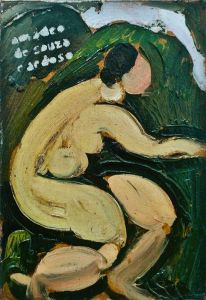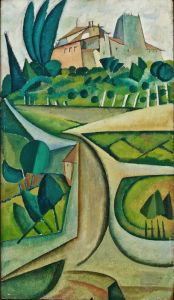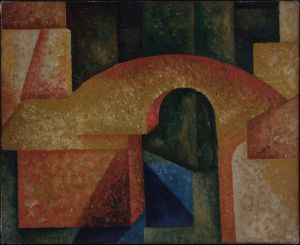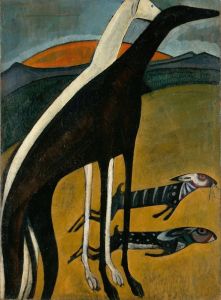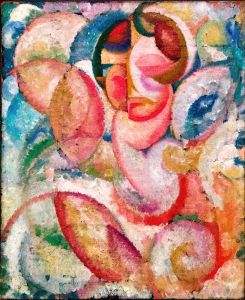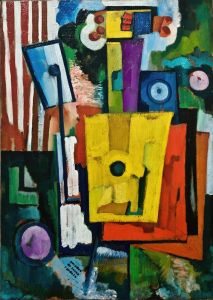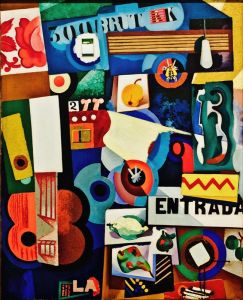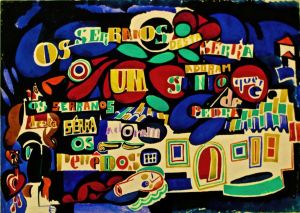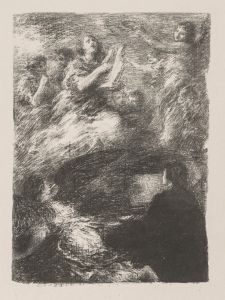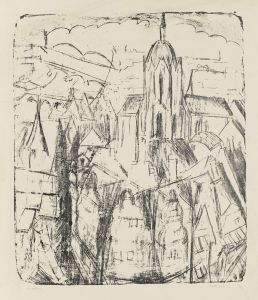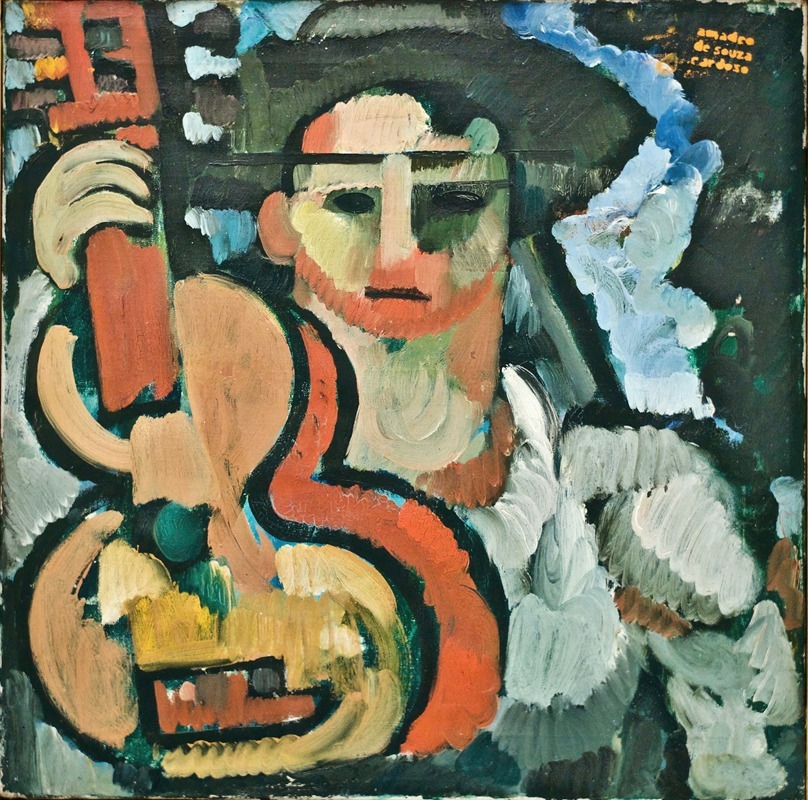
Cavaquinho
A hand-painted replica of Amadeo de Souza-Cardoso’s masterpiece Cavaquinho, meticulously crafted by professional artists to capture the true essence of the original. Each piece is created with museum-quality canvas and rare mineral pigments, carefully painted by experienced artists with delicate brushstrokes and rich, layered colors to perfectly recreate the texture of the original artwork. Unlike machine-printed reproductions, this hand-painted version brings the painting to life, infused with the artist’s emotions and skill in every stroke. Whether for personal collection or home decoration, it instantly elevates the artistic atmosphere of any space.
Amadeo de Souza-Cardoso was a prominent Portuguese painter known for his contribution to modern art in the early 20th century. One of his notable works is "Cavaquinho," a painting that reflects his innovative approach and the influence of various art movements of his time.
Amadeo de Souza-Cardoso was born on November 14, 1887, in Manhufe, Amarante, Portugal. He initially studied architecture at the Academy of Fine Arts in Lisbon but soon shifted his focus to painting. In 1906, he moved to Paris, which was then the epicenter of the avant-garde art scene. There, he became acquainted with influential artists such as Amedeo Modigliani, Constantin Brâncuși, and Juan Gris, and was exposed to movements like Cubism, Futurism, and Expressionism.
"Cavaquinho" is one of Souza-Cardoso's works that exemplifies his eclectic style and his ability to synthesize different artistic influences. The painting is named after the cavaquinho, a small Portuguese string instrument similar to a ukulele, which is often associated with traditional Portuguese music. This choice of subject reflects Souza-Cardoso's interest in incorporating elements of his cultural heritage into his art.
The painting showcases Souza-Cardoso's dynamic use of color and form, characteristics that are often associated with the modernist movements of his time. His work is known for its vibrant palette and the use of geometric shapes, which can be seen in "Cavaquinho." The composition likely reflects the influence of Cubism, with its fragmented forms and abstract representation, while also incorporating a sense of movement reminiscent of Futurism.
Souza-Cardoso's work was not widely recognized during his lifetime, partly due to his untimely death at the age of 30 from the Spanish flu in 1918. However, his contributions to modern art have been increasingly acknowledged in recent years. His ability to blend different styles and his innovative approach have earned him a place among the significant figures of early 20th-century art.
"Cavaquinho" and other works by Souza-Cardoso have been exhibited in various retrospectives and exhibitions, contributing to a growing appreciation of his art. His work is considered an important part of Portugal's cultural heritage and has been featured in major museums and collections.
In summary, "Cavaquinho" by Amadeo de Souza-Cardoso is a testament to the artist's unique style and his ability to integrate diverse influences into his work. The painting not only reflects the artistic movements of the early 20th century but also highlights Souza-Cardoso's connection to his Portuguese roots. His legacy continues to be celebrated, and his work remains an important part of the narrative of modern art.





